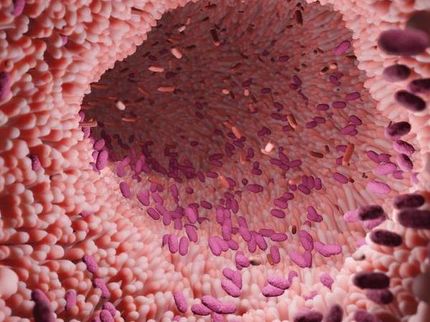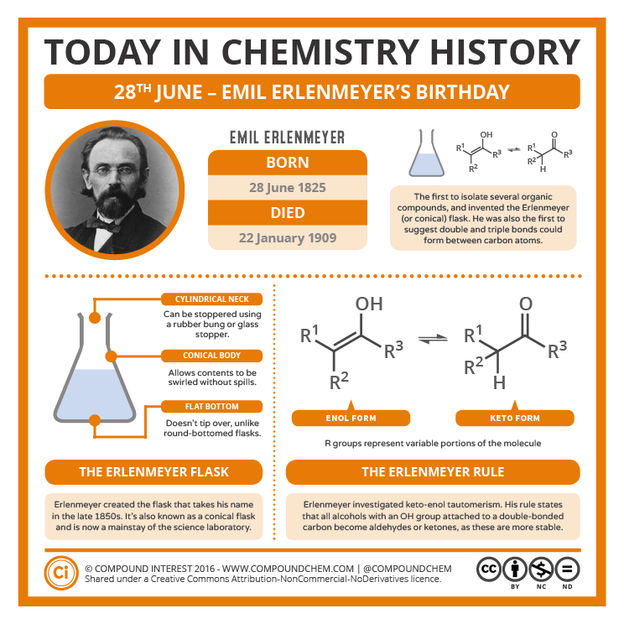Addex Scientists Discover Glucagon-like-peptide-1 (GLP-1) Induced Interaction Between GLP-1 and Gastric Inhibitory Peptide (GIP) Receptors
Addex Pharmaceuticals announced that its scientists have demonstrated that, in the presence of GLP-1, glucagon-like-peptide-1 receptor (GLP1R) can form a heterodimer receptor complex with gastric-inhibitory-peptide-receptor (GIPR). The discovery of this novel interaction between the two G-protein-coupled receptors (GPCR) has the potential to trigger the discovery of novel therapies for the treatment of diabetes. The findings were published in Molecular Pharmacology.
"GIPR and GLP1R are found together in pancreatic and nerve cells, and their roles in Type 2 diabetes make them important targets for drug development. Further research is needed to determine the pharmacological relevance of such heteromers but understanding their role may open the door to more refined therapies, particularly in metabolic disorders," explained Robert Lutjens, head of biology at Addex Pharmaceuticals and co-author of the publication. "This study demonstrates that Addex' allosteric modulation platform is a powerful tool for elucidating fundamental biological processes in addition to being the most sensitive method available for identifying allosteric modulators."
In the present study, the researchers at Addex used Bioluminescence Resonance Energy Transfer (BRET) techniques, calcium flux measurements, and microscopy to study receptor interactions within the glucagon receptor family of GPCRs. Through these techniques, a GLP-1-induced heteromer formation was exclusively observed in cells co-expressing GLP-1 with GIP receptors, but not with other receptors of the glucagon receptor subtypes. Furthermore, the pharmacology of this GLP-1-induced heteromeric receptor complex was found to be affected in presence of GIP. In addition, the heteromer's intracellular signaling through beta-arrestin or calcium second messenger was shown to be modified when compared to receptor homodimers, suggesting a form of allosteric regulation between the receptors.
"This research demonstrates how our pioneering allostery platform technology is able to observe specific interactions at the receptor level that have not been seen with conventional state-of-the-art techniques," noted Laurent Galibert, head of metabolic disease programs at Addex Pharmaceuticals. "An orally available small molecule targeting GLP1R would have a significant impact on the treatment of Type 2 diabetes. We now have the opportunity to explore and characterize this receptor further, paving the way for a better understanding of the signaling pathways implicated in diabetes and metabolism, which may offer novel therapeutic targets for allosteric modulation."
GLP-1 is an important metabolic hormone and a proven therapeutic ligand for treatment of diseases, such as Type II diabetes and obesity. Addex is leading the effort towards the development of orally available small molecule GLP1R activators, called positive allosteric modulators or PAM, which have potential to offer multiple advantages over marketed injectable peptide therapeutics targeting GLP1R.
Original publication
Other news from the department science

Get the life science industry in your inbox
By submitting this form you agree that LUMITOS AG will send you the newsletter(s) selected above by email. Your data will not be passed on to third parties. Your data will be stored and processed in accordance with our data protection regulations. LUMITOS may contact you by email for the purpose of advertising or market and opinion surveys. You can revoke your consent at any time without giving reasons to LUMITOS AG, Ernst-Augustin-Str. 2, 12489 Berlin, Germany or by e-mail at revoke@lumitos.com with effect for the future. In addition, each email contains a link to unsubscribe from the corresponding newsletter.




















































